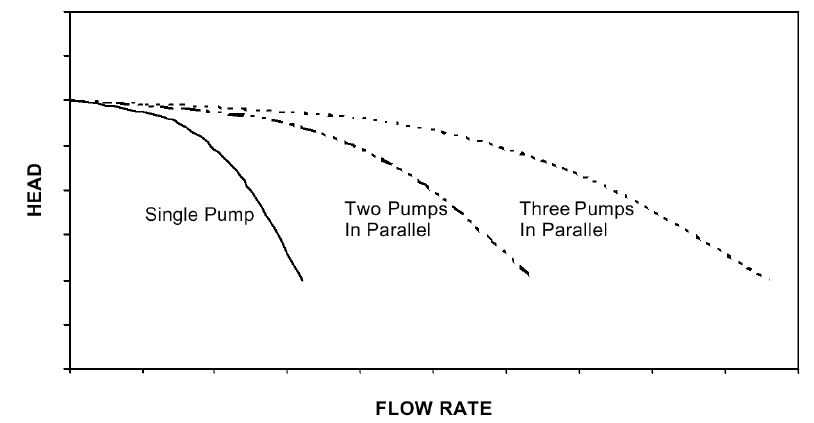Centrifugal Pump Efficient Equipment Operation blog contains power optimization in pumping by following way
1. Pump control by VFD and VSM is always efficient than
Discharge control valve.
2. Pumps in Parallel switched to meet demand.
3. On Off control in pumping
4. Flow control valve
5. By Pass control
6. Ensure adequate NPSH of pumping system.
7. Continuous monitoring on pumping.
8. Impeller replacement by smaller or trimming should be
placed in the case of discharge valve throttling.
9. For Small loads with high
pressure requirement boosted pumps are required.
10. For Heat exchangers
Maximize temperature difference so minimize flow requirement. Heat exchanger
bypass system should be placed in the case of exceed temperature difference.
11. In continuous system over
flow line is connected to step back tanks. Maintain levels around 95% so double
pumping avoided.
12. Avoid pumping with free
fall effect use siphon effect for beneficial effect.
13. Frequent Inspection and Preventive maintenance.
14. Line sizing of circulation line.
15. Pump should be operated near BEP : Best Efficiency Operation.
1. Pump control by VFD and VSM is always efficient than Discharge control valve.
Highlights- It is gives lower power consumption.
- Lower speed creates lower pressure on impeller and other internal parts.
- Lowering shaft stress, bearing load, vibration and noise in pumping.
- Increases pump seal and bearing life.
- Increasing life of piping and installations, Instruments.
- Bearing life is inversely proportional to 7th power of speed
2. Pumps in Parallel switched to meet demand.
3. On Off control in pumping
For any batch process where fluid required for certain time On Off control must be placed.
4. Flow control valve
This is system in which pump running continuously and discharge flow is controlled by FCV - Flow Control Valve.
Here we are considering 2 systems.
Flow 1 System : Discharge valve is fully open.
When Flow 1 system is there efficient operation is there.
Flow 2 System : Partially Close valve.
When less flow required Flow 2 system will be placed.
It increases additional pressure drop in system.
To over come this pressure drop energy is wasted but still minor reduction in energy consumption.
Losses:
1. Pump Efficiency loss Power is consumed is almost there and discharge flow is reduced
2. Maintenance cost of pump and lines in between pump and discharge valve increases.
3. Initial installation cost of FCV its maintenance cost and its replacement cost is still there.
5. By Pass control
In pumping system permanent line is placed which returns fluid flow to its suction source.
By pass line is provided for safety of pump and line in case of sudden shut discharge flow.
This system is less energy efficient than FCV installation because pumping fluid is same. [FCV Installation is even some energy reducing]
6. Ensure adequate NPSH of pumping system.
Suction available is more then than required.
NPSHA > NPSHR
Head is proportional to square of NPSHR.
H ∝ NPSHR²
7. Continuous monitoring on pumping.
Install Local Pressure Gauges, Flow meters, and
Install Instrumentation for pump Monitoring
Pressure Transmitter
Flow Transmitters
Radial Displacement and Axial Transmitter,
Winding temperature Transmitters
A meter for Current Monitoring
Flow Circulation Control valves
Seal water Pressure switch and Flow Switch
8. Impeller replacement by smaller or trimming should be placed in the case of discharge valve throttling.
9. For Small loads with high pressure requirement boosted pumps are required.
10. For Heat exchangers Maximize temperature difference so minimize flow requirement. Heat exchanger bypass system should be placed in the case of exceed temperature difference.
11. In continuous system over flow line is connected to step back tanks. Maintain levels around 95% so double pumping avoided.
12. Avoid pumping with free fall effect use siphon effect for beneficial effect.
Free fall return
It pushes liquid in opposite direction and more efforts should be taken by pump
It increases power consumption
13. Frequent Inspection and Preventive maintenance.
- Oil level in Oil seal indicator.
- Vibration.
- Abnormal sound.
- Alignment.






